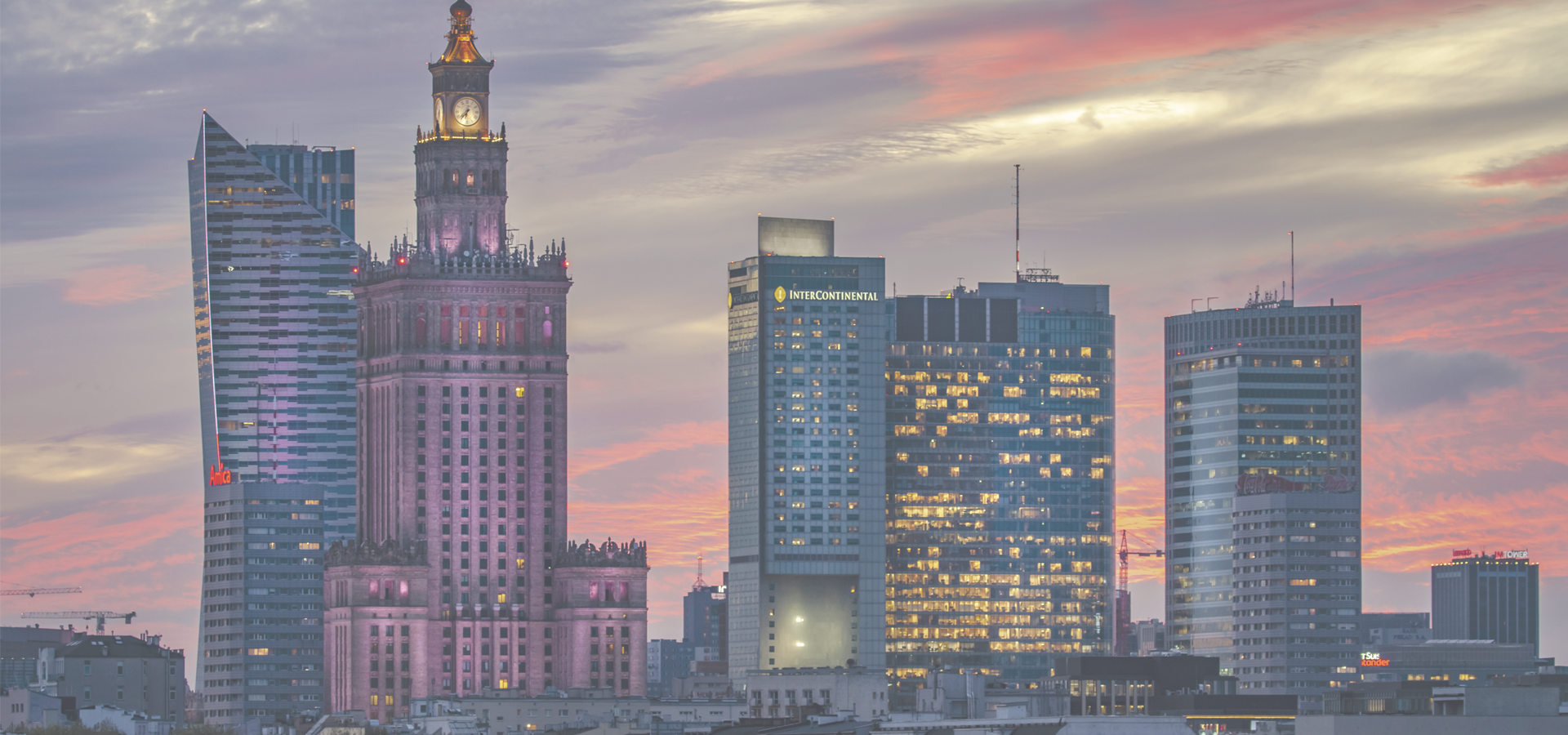Knurów, Gliwice County, Silesian Voivodeship, Poland
🇵🇱 Knurów (Knurow; Knurōw) is a city near Katowice in Silesia, southern Poland. Knurów borders on the Upper Silesian Metropolitan Union, a metropolis with a population of two million.
Knurów is located in the Silesian Highlands, on the Bierawka River, a tributary of the Oder River.
History Knurów's history as a city is relatively short, as it only became a town in 1951, when also the settlements of Krywałd and Szczygłowice were included within its town limits as districts. However, Knurów's existence can be traced back as far back as ca. 1295–1305, when it was mentioned in the Liber fundationis episcopatus Vratislaviensis chronicle, and was part of Piast-ruled Poland. It was then mentioned as Knauersdorf or Cnurowicz, and later on mostly appeared in documents under its current name. Later on, it was also part of Bohemia (Czechia), Prussia and Germany. Throughout centuries, Knurów was a private village, and among its owners were the Goszycki, Węgierski and Paczyński families. The town rapidly grew at the end of the 18th century as the Industrial Revolution came and vast coal reserves were found in the area. In the late 19th century, the settlement had a population of 776. In 1904, the first mine shaft was opened, and in 1908-1909 a railway line connecting Knurów with Rybnik was built. In 1912, the first strike took place at the local mine.
After World War I, in 1918, Poland regained independence, and following the Polish Silesian Uprisings Knurów was reintegrated with Poland. In the interwar period, Knurów developed intensively. New schools, stadiums, a pipeline connecting with Bełk and the first synthetic ammonia plant in Poland were built. In 1923, a monument to the participants of the Silesian Uprisings was unveiled. The coal industry continued growing well in the 20th century, and doubled its output with a new mine being built in 1961 in Szczygłowice.
Knurów and the present-day districts of Krywałd and Szczygłowice were invaded by Germany on September 1, 1939, the first day of the invasion of Poland and World War II. Already in early September 1939, German troops committed a massacre of four Poles in Szczygłowice (see Nazi crimes against the Polish nation). During the subsequent German occupation, the occupiers established and operated two forced labour subcamps (E75, E758) of the Stalag VIII-B/344 prisoner-of-war camp in the town. A unit of the Home Army, the leading Polish resistance organization, was founded in Knurów in 1942. In January 1945, it was captured by the Soviets, who established a transit camp for local Polish Silesians who were deported to the Soviet Union (see Soviet repressions of Polish citizens (1939–1946)). Knurów was restored to Poland, although with a Soviet-installed communist regime, which then stayed in power until the Fall of Communism in the 1980s.
In 1951, Knurów was granted town rights. Several new schools were opened between 1964 and 1991, and new Catholic parishes were established in 1977–1983. More recently, in May 2015, riots ensued in the town after a Concordia Knurów fan was shot dead by police during a football match.
Politics Administratively Knurów has been part of the Silesian Voivodeship since the latter's formation in 1999; previously it was part of Katowice Voivodeship.
Economy The town is usually associated with coal mining, as it lies in the Upper Silesian Coal Basin.
Sport The town is home to Concordia Knurów, a lower league football club which was founded in 1923, and famously where Jerzy Dudek started his career. Another famous athlete Agnieszka Dubiel, was a professional sailor for many years. She managed to stay in National Sailing Team and represent Poland on many European and World Championships. Her best result was 21st on Youth World Championship 2014.
The route of the 2016 Tour de Pologne cycling race ran through the town.
Warsaw Time

Knurów has a population of over 38,310 people. Knurów also forms part of the wider Gliwice County which has a population of over 115,571 people. Knurów is situated near Gliwice.
Twin Towns, Sister Cities Knurów has links with:
🇭🇺 Kazincbarcika, Hungary 🇸🇰 Svit, Slovak Republic🇩🇪 Bad Homburg 50.227
🇲🇳 Sükhbaatar 50.233
🇵🇱 Ruda Ślaska 50.25
🇷🇺 Blagoveshchensk 50.257
🇧🇪 Marche-en-Famenne 50.217
🇩🇪 Bad Homburg vor der Höhe 50.217
🇨🇿 Karlovy Vary 50.217
🇧🇪 Philippeville 50.2
🇨🇿 Hradec Králové 50.2
🇩🇪 Bad Kissingen 50.2
🇸🇪 Örnsköldsvik 18.7
🇿🇦 Malmesbury 18.733
Locations Near: Knurów 18.6833,50.2167
🇵🇱 Gliwice 18.667,50.283 d: 7.5
🇵🇱 Ruda Ślaska 18.85,50.25 d: 12.4
🇵🇱 Rybnik 18.557,50.095 d: 16.3
🇵🇱 Mikołów 18.9,50.167 d: 16.4
🇵🇱 Bytom 18.918,50.348 d: 22.2
🇵🇱 Chorzów 18.955,50.298 d: 21.3
🇵🇱 Jastrzębie-Zdrój 18.583,49.95 d: 30.5
🇵🇱 Tarnowskie Góry 18.858,50.445 d: 28.2
Antipodal to: Knurów -161.317,-50.217
🇹🇴 Nuku'alofa -175.216,-21.136 d: 16559.3
🇵🇫 Papeete -149.566,-17.537 d: 16233.1
🇦🇸 Pago Pago -170.701,-14.279 d: 15929.8
🇼🇸 Apia -171.76,-13.833 d: 15860.1
🇺🇸 Hilo -155.089,19.725 d: 12213.8
🇺🇸 Maui -156.446,20.72 d: 12112.7
🇺🇸 Maui County -156.617,20.868 d: 12097.3
🇺🇸 Wailuku -156.505,20.894 d: 12093.8